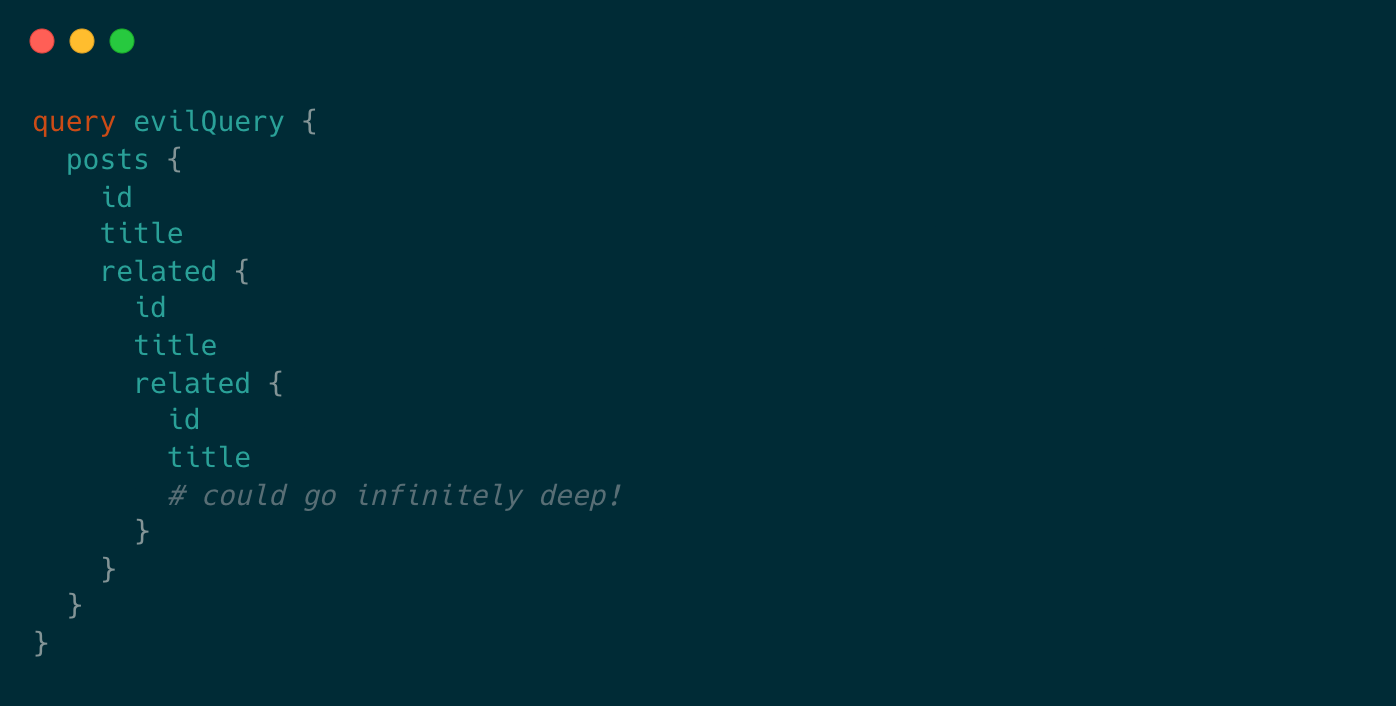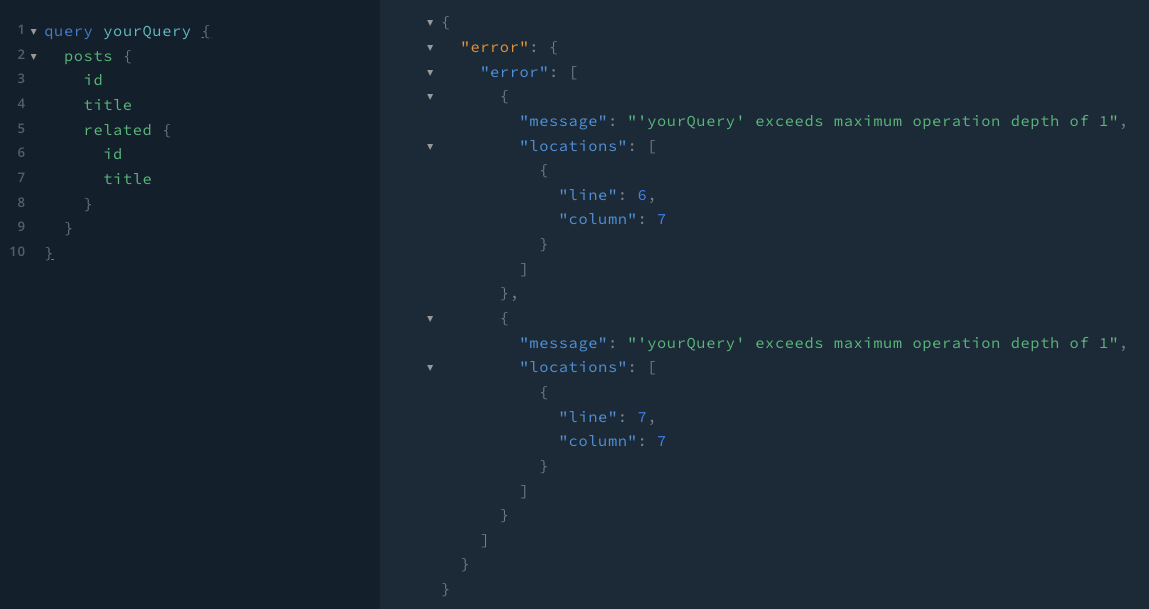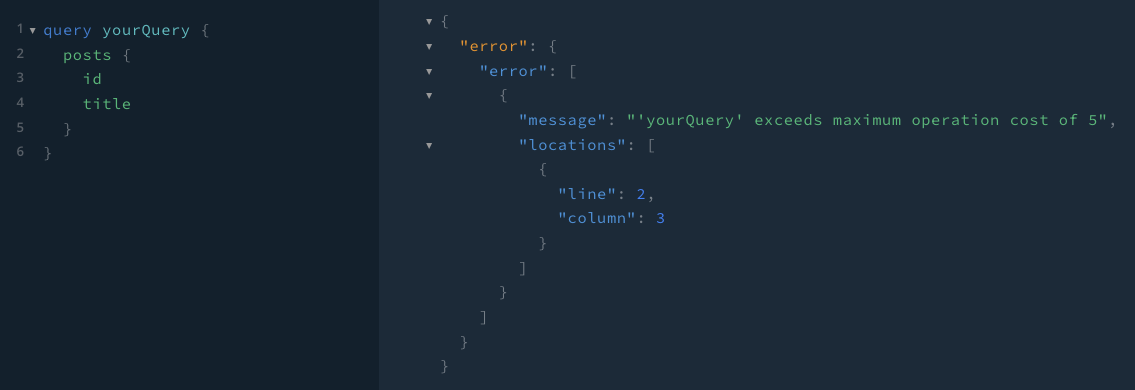2 |
3 |
4 |

5 |
6 |
7 |
GuarDenoQL
8 |
Simple and customizable security middleware for GraphQL servers in Deno
9 |
 28 |
28 |  45 |
45 |  191 |
191 |  197 |
197 |